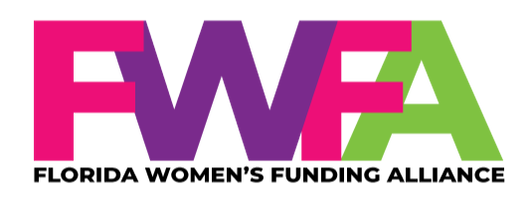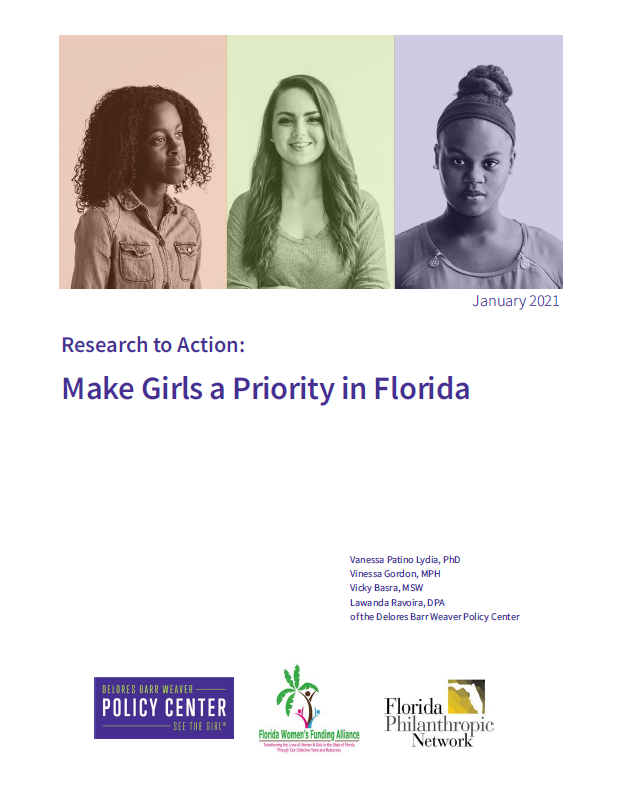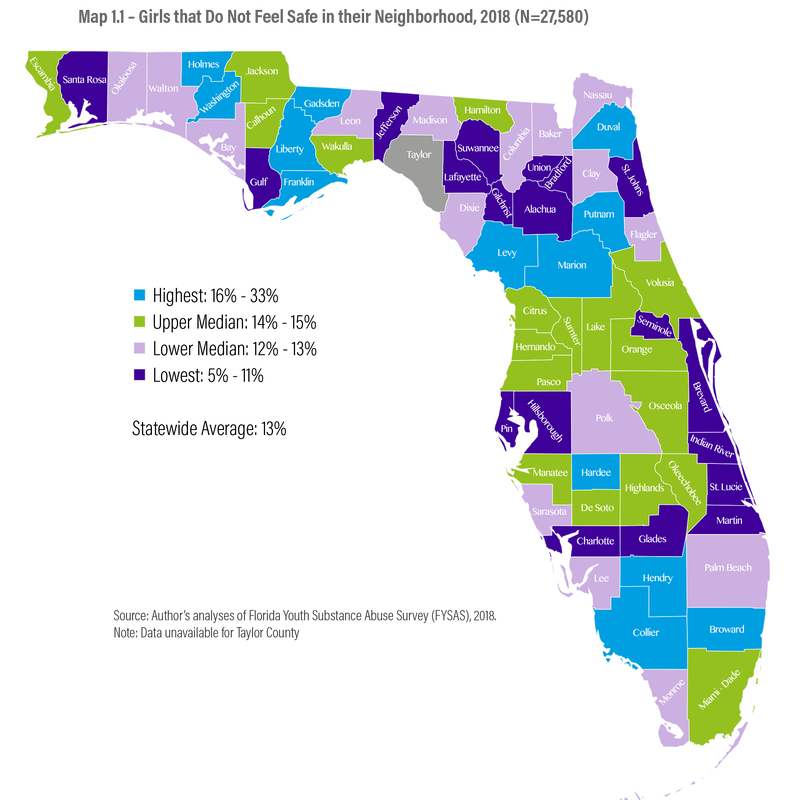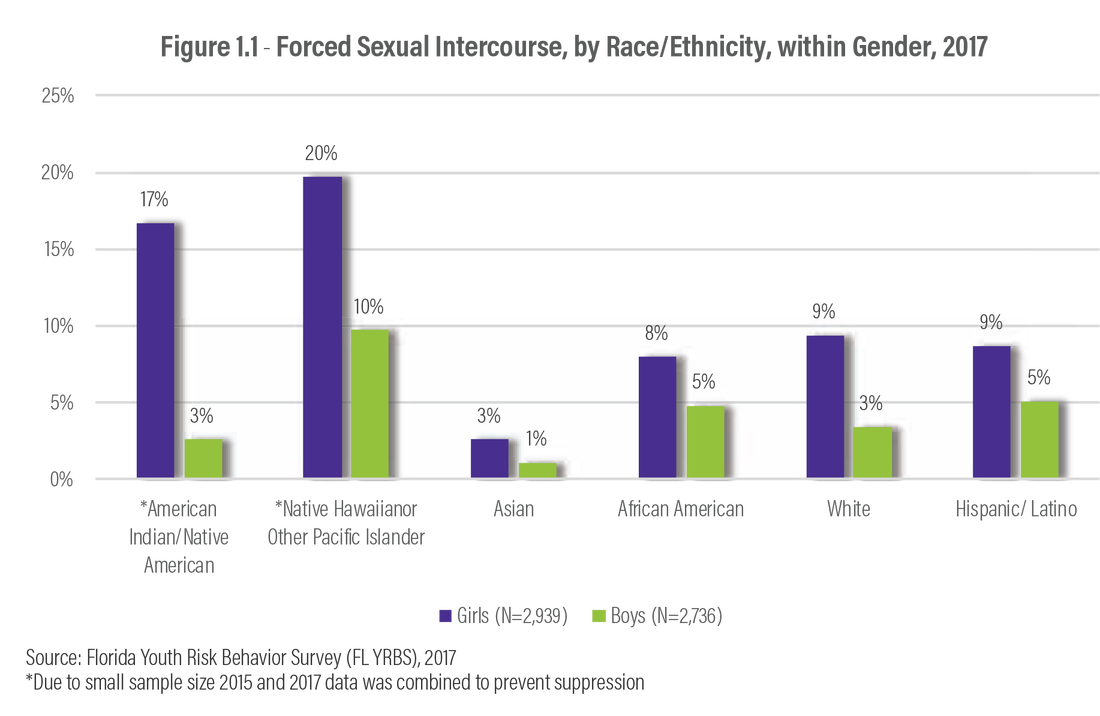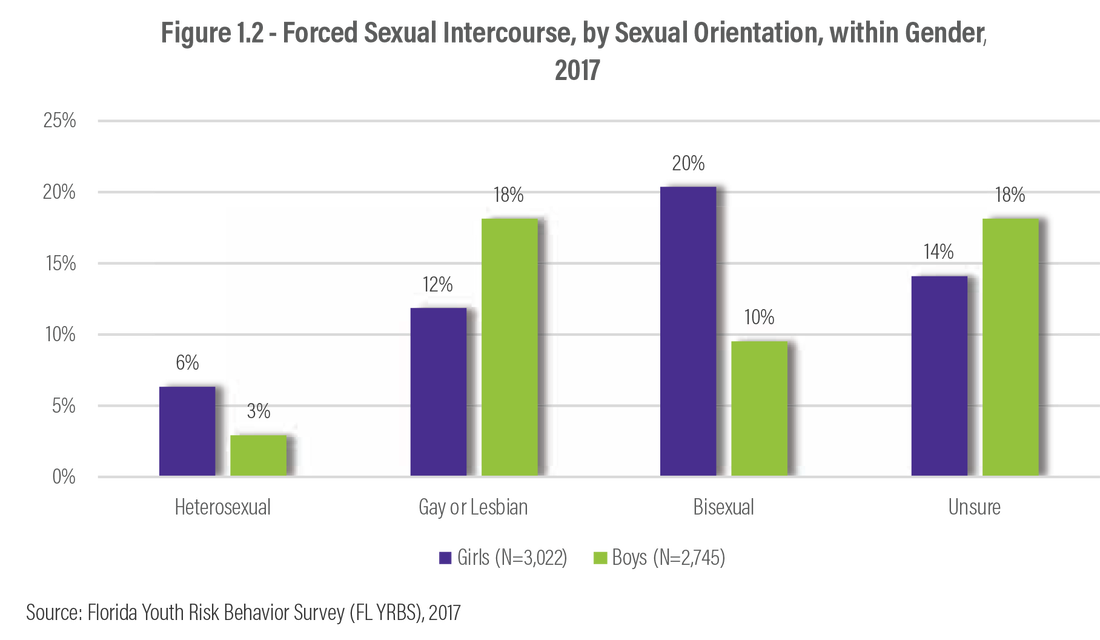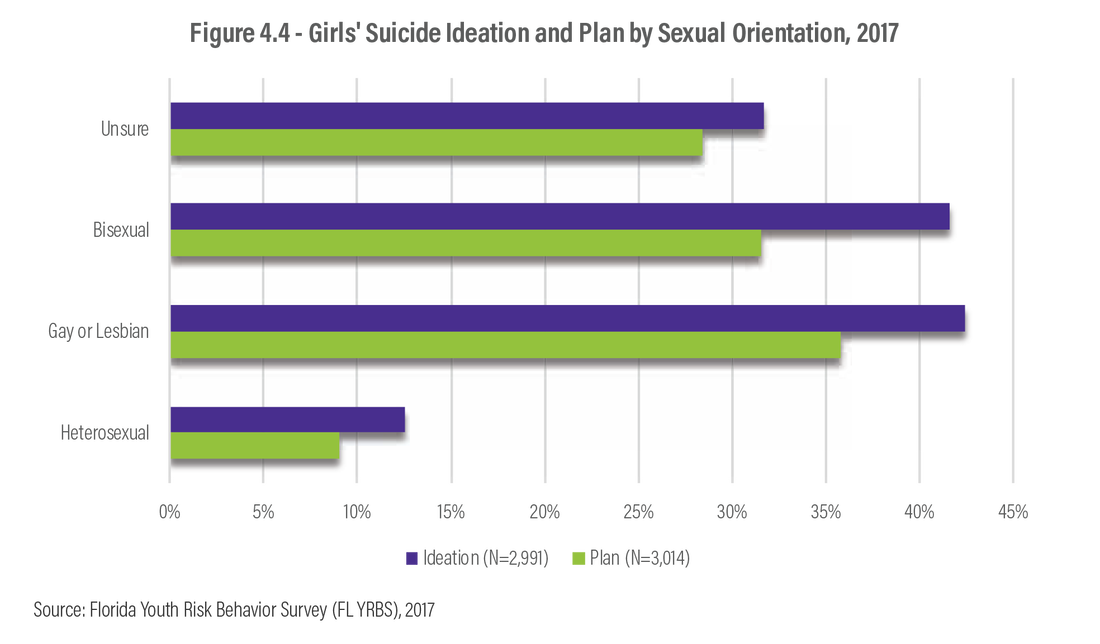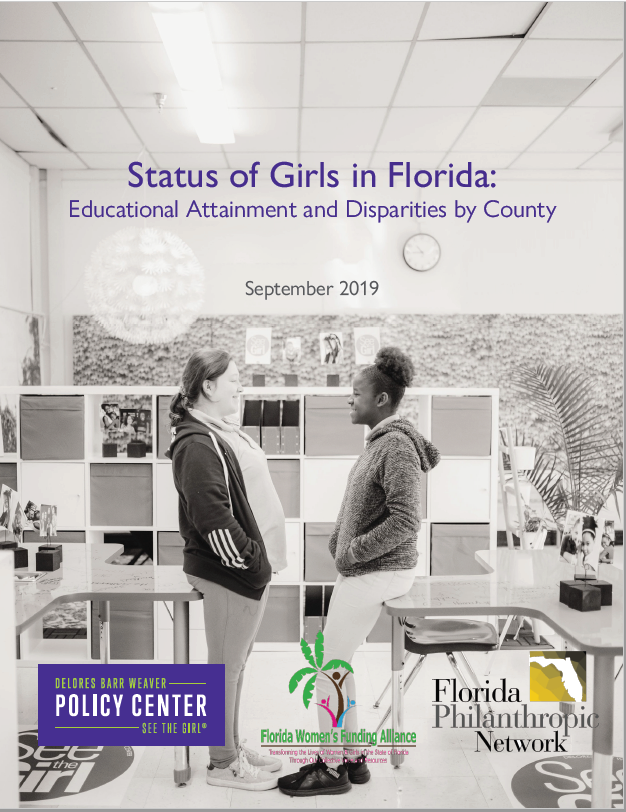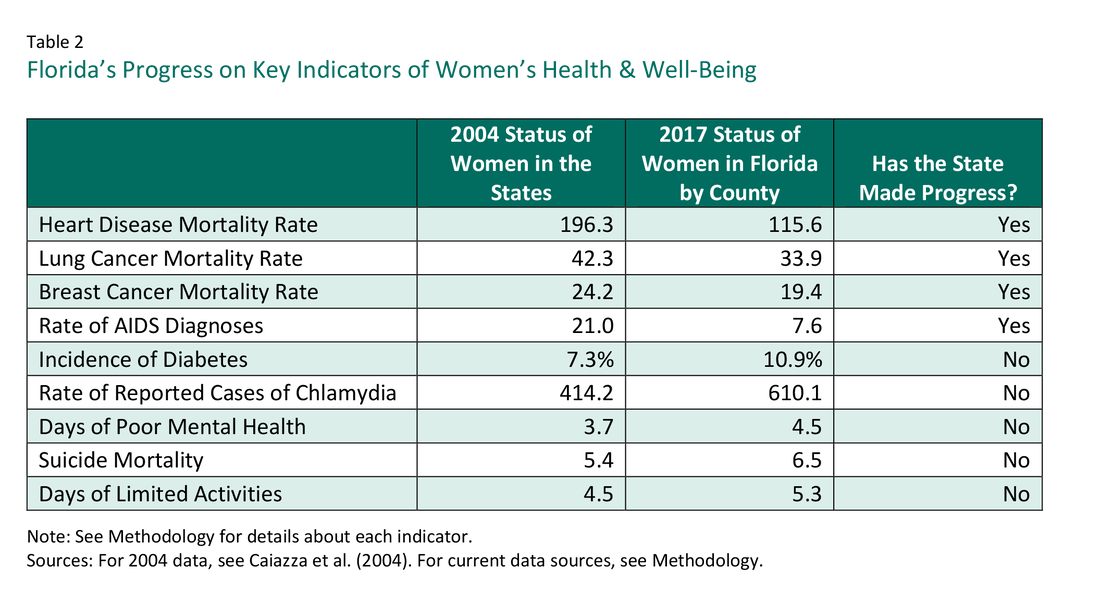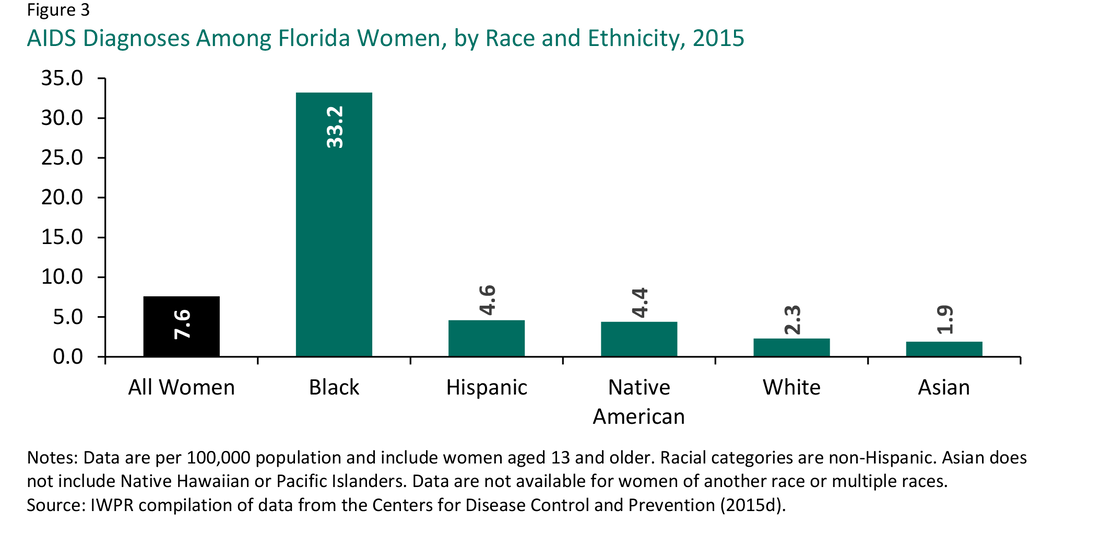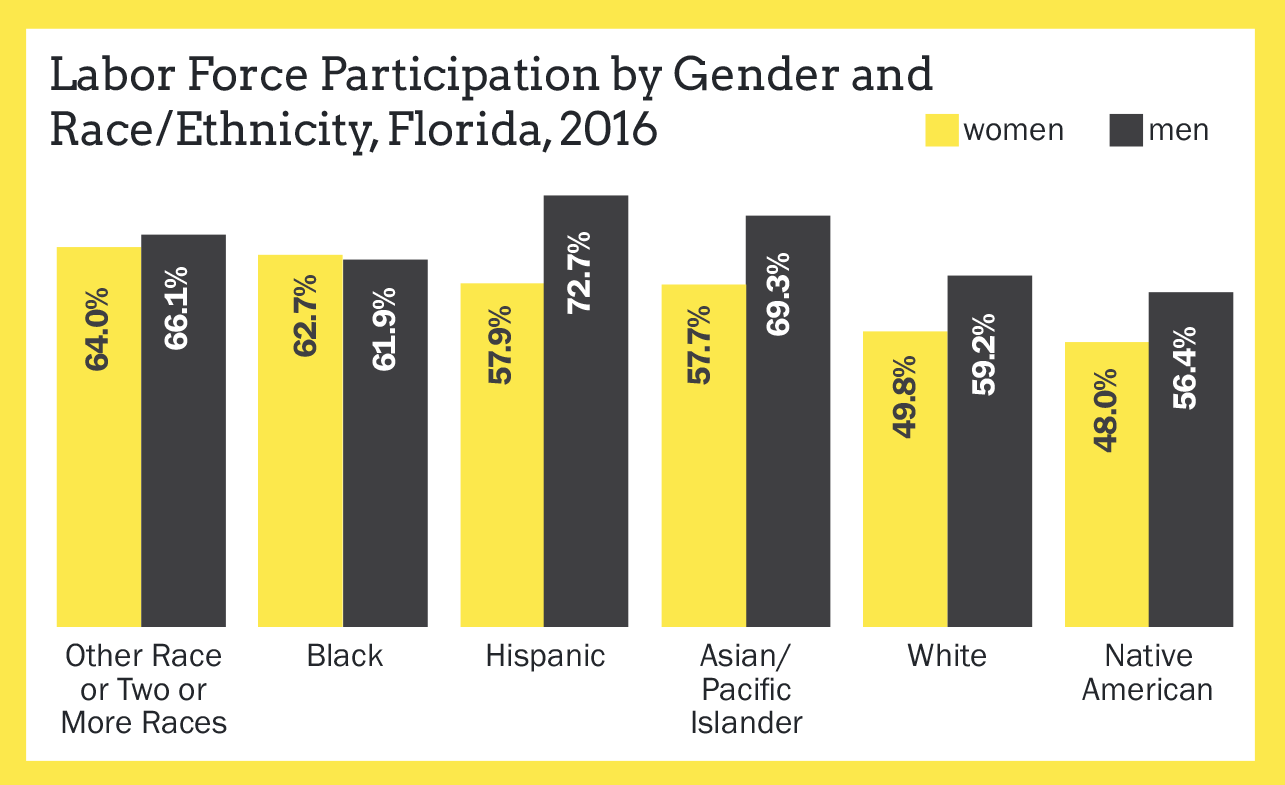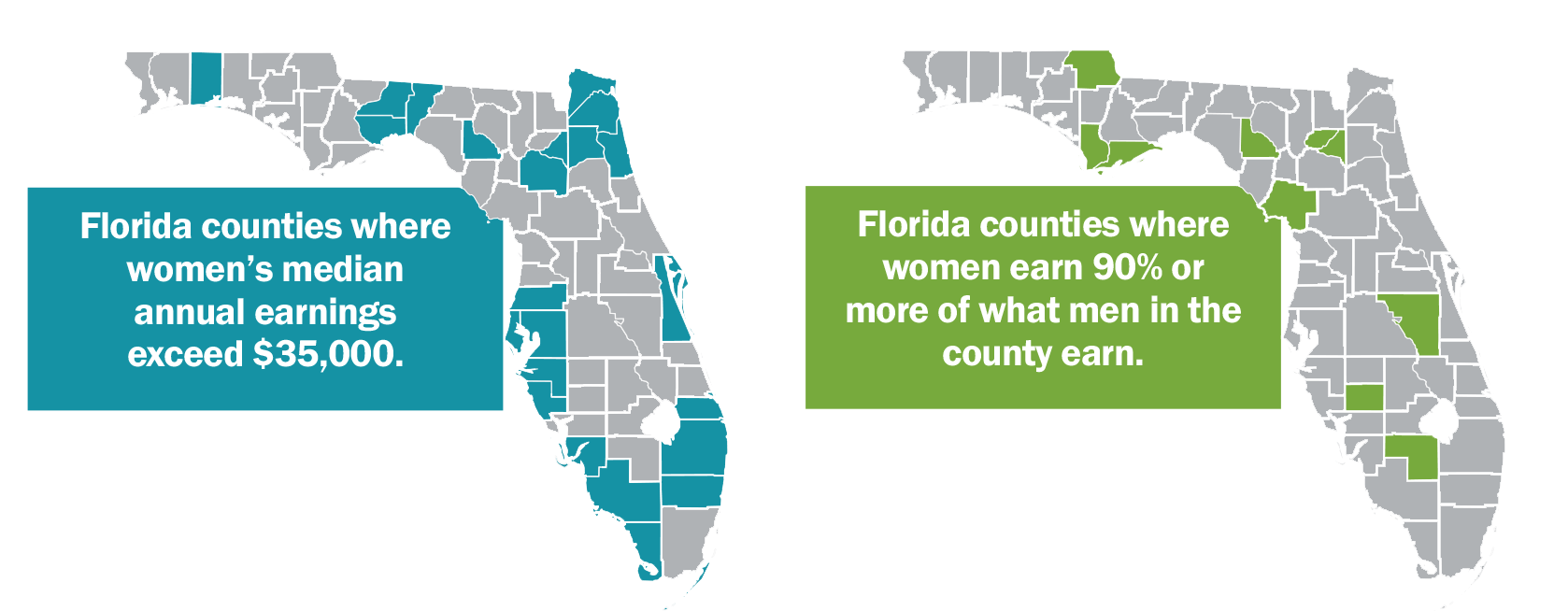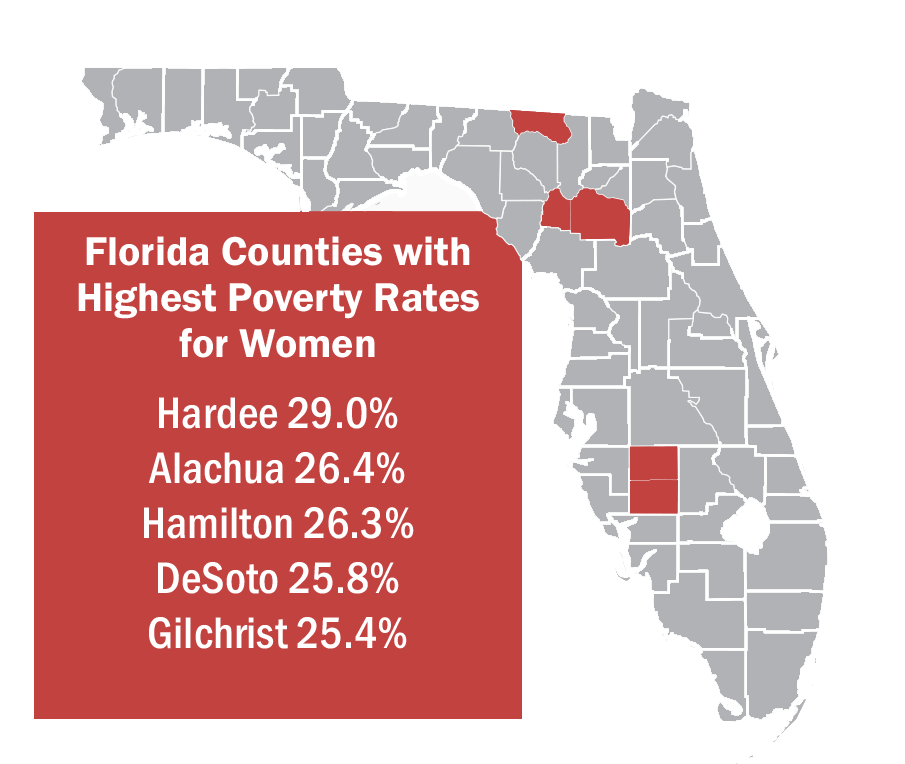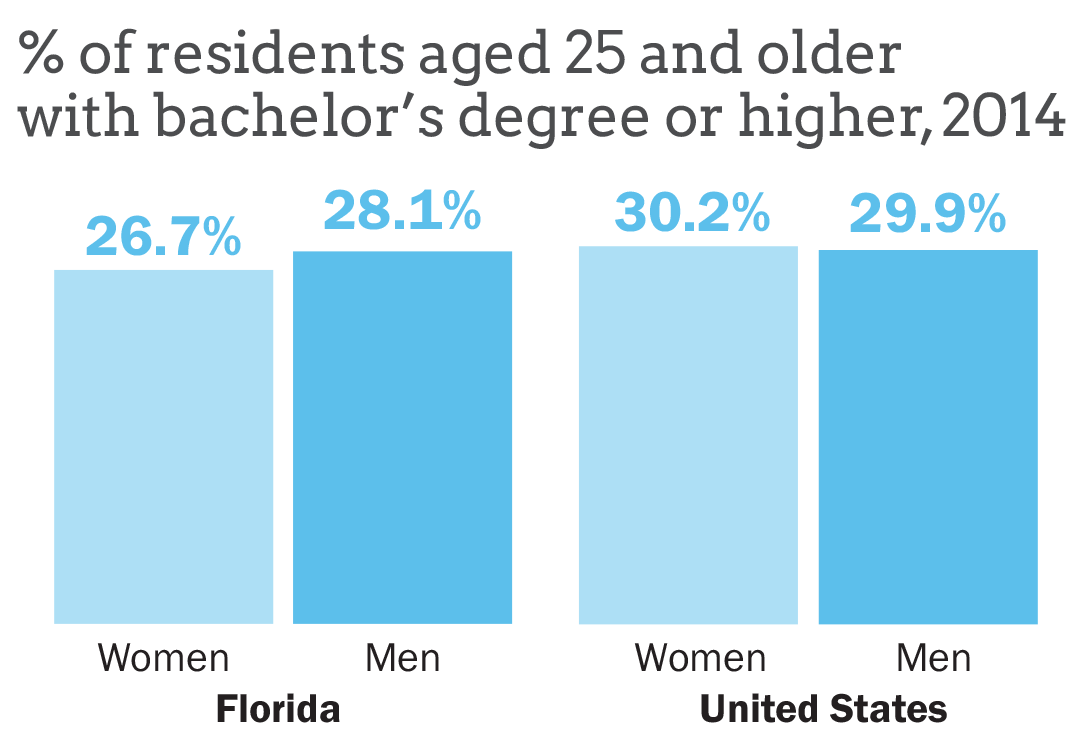The Florida Women’s Funding Alliance (FWFA) leverages our collective voices to advocate and educate for social change to stimulate opportunities for women and girls to thrive in Florida. We envision a Florida where women and girls thrive and have equal access to opportunities to succeed.
Research and Reports
This collection of research studies was commissioned by the Florida Women's Funding Alliance and conducted by the Institute for Women's Policy Research and the Delores Barr Weaver Policy Center.
Research to Action: Make Girls a Priority in Florida
|
Publication Date: January 14, 2021
Prioritizing Girls in Florida is the Focus of 2021 FWFA Report Women’s organizations come together to create a state-wide solutions guide for girls in our communities (PALM BEACH, Fla.) – On January 14, 2021, The Florida Women’s Funding Alliance (FWFA) released Research to Action: Make Girls a Priority in Florida, a report authored by the Delores Barr Weaver Policy Center, focusing on the problems affecting young women throughout the state. Organizations providing their collective resources to produce the report included founding members Jewish Women’s Foundation of the Greater Palm Beaches (JWF), Women’s Giving Alliance of NEFL and The Community Foundation of NEFL, along with The Delores Barr Weaver Policy Center, and the Florida Philanthropic Network. “The well-being of girls in our community is an important mile marker for the health of our community. Ensuring that their needs are being addressed is not only necessary but our responsibility,” stated Vicky Basra, president & CEO of the Delores Barr Weaver Policy Center. The Research to Action project addresses outmoded, problematic approaches to challenges girls and young women face in every facet of society, and offers suggestions on how to close the divide in education and overall well-being. “Our mission has always been to elevate the status of women and girls locally, nationally and in Israel, and prioritizing the issues that affect girls is a necessary first step,” said Jennifer Kryshka, CEO of JWF. “When girls thrive, so do communities, businesses, families and societies as a whole.” The third Florida Women’s Funding Alliance publication addresses setbacks facing girls such as over-reliance on the juvenile justice system, and a lack of positive alternatives. Calls to action include campaigning for school-based mental health services, and placing girl advocates in schools. “Urgent action is needed to address the number of Florida girls who are at greatest risk for trauma, mental health challenges, exploitation, and/ or system involvement. The impact of COVID-19 make this especially critical, stated Vanessa Patino Lydia, Ph.D., vice president of research and planning, Delores Barr Weaver Policy Center. “The recommendations give us a place to start-- to take bold action to bring about the overdue reforms which are more urgent than ever.” To read the full report, visit https://www.seethegirl.org/. For more information please call or call (561) 421-2610. For general information, visit https://jwfpalmbeach.org/. |
Status of Girls Well-Being in Florida
|
Publication date: September 2019
New reports unveil unchecked crisis among Florida girls Disconnect between current needs and interventions contributes to systemic and youth failures This collection of research studies commissioned by the Florida Women's Funding Alliance, and conducted by the Delores Barr Weaver Policy Center have uncovered significant rates of violence and victimization among certain segments of girls in their communities, particularly girls of color and those identifying as lesbian, gay, bisexual or unsure. Girls living in rural areas also experienced more reports of bullying, less access to a safe parent or teacher and an increased frequency of below average or failing grades. The findings are relevant to resolving chronic failures by child-serving systems and organizations and to address teen substance abuse, sexual and commercial trafficking exploitation, suicide and other poor health and justice outcomes. The two-part Status of Florida Girls research reports are the first nationwide to identify Florida’s most vulnerable girls -– not just broad trends— by disaggregating a broad spectrum of child well-being data at the intersection of gender, geography and race/ethnicity. The reports examined educational attainment and disparities, as well as girls’ overall well-being in relation to school connectedness; safety; access to safe adults including parents and teachers; freedom from violence and victimization in their homes, schools, and communities; and emotional well-being. National and state data that were analyzed include those from the U.S. Census Bureau, Center for Disease Control’s Youth Risk Behavior Surveillance System, Florida Department of Education, Florida Department of Children and Families, Florida Department of Juvenile Justice, as well as survey data of 27,000 girls in middle and high schools collected by the Florida Department of Health. It was funded by the Florida Women’s Funding Alliance, an affinity group of Florida Philanthropic Network. Overall, while most Florida girls are faring well, significant numbers are suffering serious traumas and safety compromises. Findings include:
|
This map shows the percentage of girls that do not feel safe in their neighborhood, specifically against sexual violence.
Native Hawaiian or other Pacific Islander girls experience the highest rates, with one in five girls (20%) having had been forced to engage in sexual intercourse, which is more than double the overall rate of Florida girls (9%).
Bisexual girls (20%) reported the highest rates of forced sexual intercourse followed by; 14% of girls who are “unsure” of their sexual orientation.
Girls who identified as gay, lesbian, bisexual or “unsure” of their sexual identity had proportions that were three to four times greater than their
heterosexual peers. |
Status of Girls in Florida: Educational Attainment and Disparities by County
|
Published September 2019
New reports unveil unchecked crisis among Florida girls Disconnect between current needs and interventions contributes to systemic and youth failures Tallahassee, Fla. (September 25, 2019) — Although reform for girls in Florida has advanced over the past 10 years with numerous progressive policies and practices, new research by the Delores Barr Weaver Policy Center has uncovered significant rates of violence and victimization among certain segments of girls in their communities, particularly girls of color and those identifying as lesbian, gay, bisexual or unsure. Girls living in rural areas also experienced more reports of bullying, less access to a safe parent or teacher and an increased frequency of below average or failing grades. The findings are relevant to resolving chronic failures by child-serving systems and organizations and to address teen substance abuse, sexual and commercial trafficking exploitation, suicide and other poor health and justice outcomes. “It’s an unchecked crisis because although Florida leaders have access to a multitude of child well-being data, it is often siloed, stated Dr. Lawanda Ravoira, president & CEO of Delores Barr Weaver Policy Center. “This leads to a disconnect between children’s needs and programming and policies that are best aligned to meet those needs.” According to Ravoira, the two-part Status of Florida Girls research reports are the first nationwide to identify Florida’s most vulnerable girls -– not just broad trends— by disaggregating a broad spectrum of child well-being data at the intersection of gender, geography and race/ethnicity. The reports examined educational attainment and disparities, as well as girls’ overall well-being in relation to school connectedness; safety; access to safe adults including parents and teachers; freedom from violence and victimization in their homes, schools, and communities; and emotional well-being. National and state data that were analyzed include those from the U.S. Census Bureau, Center for Disease Control’s Youth Risk Behavior Surveillance System, Florida Department of Education, Florida Department of Children and Families, Florida Department of Juvenile Justice, as well as survey data of 27,000 girls in middle and high schools collected by the Florida Department of Health. It was funded by the Florida Women’s Funding Alliance, an affinity group of Florida Philanthropic Network. Overall, while most Florida girls are faring well, significant numbers are suffering serious traumas and safety compromises: • One in 10 girls report having been raped, although there are differences by race/ethnicity: 20% of Native Hawaiian, 17% of American Indian/Native American, 9% of White, 9% of Hispanic, 8% of African American and 3 % of Asian girls report forced sexual intercourse experiences.
According to Ravoira, traumas like these increase girls’ likelihood to engage in risky or destructive actions including self-harm, substance abuse, and suicide. When unaddressed, the needs can lead to involvement with child welfare and juvenile justice, two systems of care that struggle to provide timely and appropriate access to a range of important services. “Every day we see girls with serious unaddressed mental health issues related to violence and victimization who end up locked away in detention centers where their needs are being exacerbated,” stated Vanessa Patino Lydia, vice president of research & planning for Delores Barr Weaver Policy Center and co-author of the Status of Girls reports. “Stories of girls in foster care sleeping in cars at gas stations, experiencing 10, 20 and 30 placements, and being harmed within the treatment system have splashed across the news headlines throughout the past year. The Status of Girls reports are a renewed call to action to move beyond ineffective programs and services and chaotic turnover and turmoil and base policy and services on needs rather than controlling unwanted behavior”, said Roy Miller, president of The Children’s Campaign. The reports also show there are 12,000 young women ages 16 to 19 in Florida who are not enrolled in school, have not completed high school and are not working. “The irony shouldn’t be lost that although these are perhaps Florida’s most invisible young women, they’re in numbers large enough to fill nearly every seat at the Donald L. Tucker Civic Center in Tallahassee,” noted Ravoira. |
The Status of Women in Florida by County: Health & Well-Being
|
Publication Date: May, 2018
Florida Ranks 35th in the Nation for Women’s Health & Well-Being New report shows wide disparities by race and ethnicity for chronic health issues such as diabetes and AIDS A new county-level analysis of the health status of women in Florida, released by the Institute for Women’s Policy Research (IWPR) in partnership with the Florida Women’s Funding Alliance (FWFA), finds that women in Florida have higher rates of AIDS and diabetes, slightly more days per month of poor mental health, and lower access to health insurance coverage than women in the United States overall. The report recommends policies that could address health disparities for women of color, increase the supply of quality mental healthcare providers, and support those with health issues and their caregivers through paid family and medical leave and paid sick days. Florida overall received a C- on IWPR’s Health & Well-Being Composite Index—composed of nine health indicators that provide a basis for ranking and grading each state in the nation—but the report finds wide disparities in women’s status by county and by race and ethnicity. |
The chart shows the rate of mortality for each health issue and if Florida has improved in each area between 2004 and 2017.
FWFA found that there was a significant difference in AIDS diagnosis among black women than any of group.
|
The Status of Women in Florida by County: Employment & Earnings
|
Publication date: April, 2018
Women have made progress over the past several decades; there are, however, significant areas for improvement for women in Florida. Since the publication of the Institute for Women’s Policy Research’s 2004 report The Status of Women in the States, Florida’s grade for women’s employment and earnings has worsened from a C- to a D+. The Status of Women in Florida by County: Employment & Earnings examines data on women’s employment, earnings and occupations and trends over time, including research and analysis necessary to make data-driven decisions. Key findings:
|
Florida has one of the lowest labor force participation rates for women in the country (53.7%) earning the state a ranking of 48th.
Both women and men in Florida have lower earnings that in the national overall, and Florida women’s median earnings vary widely by county.
|
The Status of Women in Florida by County: Poverty & Opportunity
|
Publication date: December, 2016
The Status of Women in Florida by County: Poverty & Opportunity is one in a series of four publications on women’s status across Florida’s counties commissioned by the Florida Women’s Funding Alliance, an affinity group of Florida Philanthropic Network. This report is released in tandem with “The Status of Women in Florida by County: Population & Diversity,” which analyzes the demographics of women and men in the state. The final two reports in this series will examine women’s health and well-being in Florida and women’s employment and earnings. The report builds on the Institute for Women’s Policy Research’s long-standing report series, The Status of Women in the States, which has provided data on the status of women nationally and for all 50 states plus the District of Columbia since 1996. The Status of Women in the States publications use data from U.S. government and other sources to analyze women’s status across multiple issue areas. These reports have been used to highlight women’s progress and the obstacles they continue to face and to encourage policy and programmatic changes that can improve women’s opportunities. |
In Florida, 15.4 percent of women aged 18 and older live in poverty, placing the state among the bottom third in the country.
More than one in four Florida women aged 25 and older has a bachelor’s degree or higher, compared with 28.1 percent of Florida men.
|

